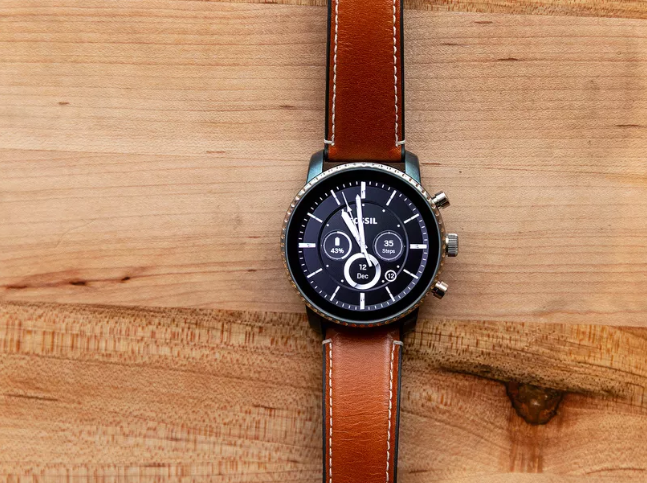
Google and watchmaker Fossil Group today announced an agreement for the search giant to acquire some of Fossil’s smartwatch technology and members of the research and development division responsible for creating it. The deal is worth roughly $40 million, and under the current terms Fossil will transfer a “portion” of its R&D team, the portion directly responsible for the intellectual property being sold, over to Google. As a result, Google will now have a dedicated team with hardware experience working internally on its WearOS software platform and potentially on new smartwatch designs as well.
“Wearables, built for wellness, simplicity, personalization and helpfulness, have the opportunity to improve lives by bringing users the information and insights they need quickly, at a glance,” Stacey Burr, the president of product management for Google’s WearOS platform, said in a statement. “The addition of Fossil Group’s technology and team to Google demonstrates our commitment to the wearables industry by enabling a diverse portfolio of smartwatches and supporting the ever-evolving needs of the vitality-seeking, on-the-go consumer.”
According to Wareable, the technology is a “new product innovation that’s not yet hit the market,” Greg McKelvey, Fossil’s executive vice president of chief strategy and digital officer, told the publication. It’s unclear what exactly that innovation is, or why exactly Google is so eager to buy it, although $40 million is a drop in the bucket for Google when it comes to acquisition costs. What we do know is that it’s somehow based on tech Fossil got its hands on when it acquired wearable maker Misfit for $260 million back in 2015.
Burr’s official statement seems to make clear that Fossil was working on some type of health and wellness-focused technology, and Fossil has been Google’s most consistent and long-term hardware partner on WearOS, since back when it was named Android Wear and Google was looking for watchmakers to help it rival Apple in the wearable space.
Burr did tell Wareable that Google saw the technology and thought it “could be brought out in a more expansive way if Google had that technology, and was not only able to continue to use it with Fossil but bring it to other partners in the ecosystem,” she said. Burr goes on to say that Fossil will bring the technology to market in the form of a product and it will expand “across our full breadth of brands over time,” before expanding “across the industry over time to benefit all.”
Putting aside the cryptic product innovation talk, Fossil has specialized in what are known as hybrid smartwatches: devices that do some minor smart features like step-tracking and notifications, but otherwise look and feel like your standard, semi-expensive wristwatch. The company makes smartwatches with touchscreens that resemble other WearOS devices and the Apple Watch, but its strong suit has always been the hybrid watch, given Fossil’s design and manufacturing experience in the traditional accessories market. The issue there, however, is that Fossil, while making some of the nicest-looking smartwatches, has been slow to adopt technologies like GPS and heart-rate tracking that have existed on other wearables for years. So in this case, Fossil may have cracked something having to do with hybrid watches, but we just don’t know yet.
For Google, this could be a big chance for it to turn WearOS around and truly try to compete with the Apple Watch. Whether the Fossil technology pushes Google to finally develop and release an official Pixel Watch with its own internal design, or it simply helps the company better refine its software, this acquisition proves that WearOS still has some fight left in it.
